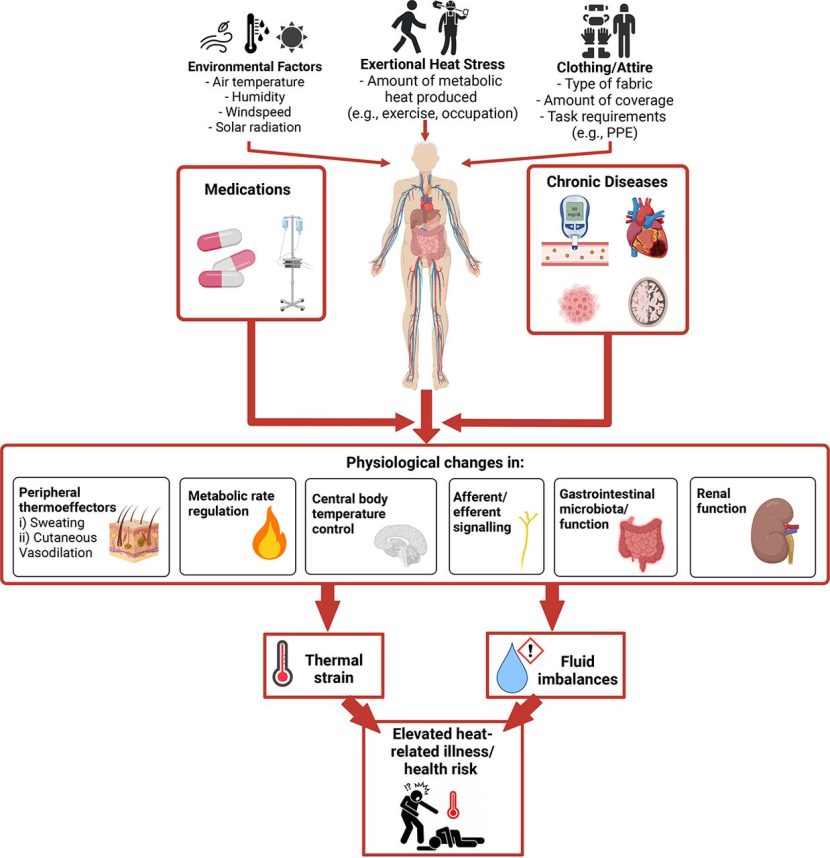While CrossFit is frequently perceived as a regimen for the exceptionally fit, that should not discourage you from giving it a shot. CrossFit is designed to be inclusive for everyone, featuring scalable workouts that cater to all ages and skill levels, reflecting its core belief that the requirements of elite athletes and novices vary only […]

While CrossFit is frequently perceived as a regimen for the exceptionally fit, that should not discourage you from giving it a shot. CrossFit is designed to be inclusive for everyone, featuring scalable workouts that cater to all ages and skill levels, reflecting its core belief that the requirements of elite athletes and novices vary only by intensity, not type.
Through the integration of strength and cardiovascular exercise, CrossFit can be an effective method for enhancing functional fitness, muscle power, and cardiovascular health.
If that doesn’t persuade you, a recent study indicates that CrossFit’s advantages for physical health may even lower the necessity for prescription medications in individuals with chronic conditions.
This may provide a substitute for conventional medication-based treatments for various health issues, as well as potentially lessen the burden on healthcare systems.
To carry out our research, we enrolled 1,211 individuals from the UK who participated in CrossFit. Participants’ ages spanned from 19 to 67, with the majority falling in the 30-39 (38 percent) or 40-49 (26 percent) age brackets. Participants were queried about their health conditions, prescription medications, and any alterations in their prescriptions after beginning CrossFit.
From the 1,211 participants, 280 reported using at least one prescription medication for a health issue before embarking on CrossFit. Some of the common conditions mentioned included anxiety and depression, asthma, hypertension, type 2 diabetes, and chronic pain.
Our findings revealed that 54 percent of those who had been on a prescription drug prior to starting CrossFit reported reducing their dosage after beginning. Within this group of 151 individuals, 69 said they completely stopped taking their medication, while the other 82 indicated they reduced their dosage by more than half.
These enhancements primarily occurred within the initial six months of training.

Participants in the younger age bracket, specifically those aged 20 to 29, were more inclined to reduce their medication. Among this demographic, 43 percent mentioned diminishing their prescription dosage by more than half, and 27 percent reported no longer needing a prescription medication at all (in comparison to 29 percent and 25 percent respectively across all age groups).
Additionally, our research indicated that 40 percent of all participants reported needing fewer doctor visits after starting CrossFit.
For individuals battling chronic health challenges like persistent pain, CrossFit assisted many in managing their symptoms. Our study showed that of the participants who reported using pain medications prior to initiating CrossFit, especially for conditions like arthritis or back pain, over half curtailed their intake of these medications.
Some even postponed or annulled surgical procedures for joint or muscular issues because of the strength and fitness they acquired after engaging in CrossFit. Out of the 71 individuals who indicated they had postponed or cancelled surgeries, 55 percent attributed it to improvement in their symptoms, while 31 percent claimed they no longer required surgery at all.
Advantages of CrossFit
Although our research cannot definitively establish that CrossFit had a direct causative effect on these changes, the significant impact of CrossFit on various facets of health may elucidate why regular participants experienced a reduction in their use of prescription drugs.
Firstly, CrossFit undeniably promotes physical fitness. Enhancements in areas such as cardiovascular fitness and metabolic health can assist in managing chronic diseases such as type 2 diabetes and hypertension.
Secondly, since CrossFit often occurs in a group setting at a gym, it cultivates a sense of community, teamwork, and encouragement. This sense of belonging may boost mental health and overall well-being.
Exercise also triggers the release of endorphins – substances within the brain that enhance mood and mitigate pain. These two elements might clarify why many participants in the study reported a decrease in antidepressant use after starting CrossFit.
Thirdly, the combination of strength, aerobic, and functional exercises within CrossFit aids in enhancing muscle power and endurance, which can relieve stress on joints and diminish pain. The high-intensity aspect of CrossFit also encourages the release of endorphins, which can alleviate discomfort and improve physical resilience, leaving individuals feeling more empowered and uplifted.
Furthermore, CrossFit puts an emphasis on movement patterns and flexibility, which can improve mobility and decrease stiffness. All these factors might shed light on why some participants who had experienced chronic pain before starting CrossFit relied less on pain medications after six months of exercise.
However, this study has certain limitations to consider. The data relies on self-reported answers, which can lead to biased outcomes as participants might not accurately recollect their medication usage or could be influenced by their feelings towards CrossFit.
Additionally, the research did not monitor other lifestyle adjustments participants might have implemented, such as dietary changes or alternative exercise forms. Therefore, further research is necessary to gain a comprehensive understanding.
Nevertheless, our results provide hopeful evidence about the advantages of CrossFit that could help mitigate the pressure on healthcare systems.![]()
Athalie Redwood-Brown, Senior Lecturer in Performance Analysis of Sport, Nottingham Trent University and Jen Wilson, Senior Exercise and Health Practitioner, Nottingham Trent University
This article is republished from The Conversation under a Creative Commons license. Read the original article.














